Description
LI-7500 is an Inductively Coupled Plasma Optical Emission Spectrometer (ICP-OES) manufactured by a company called Lasany International. This instrument is designed for elemental analysis, particularly in applications requiring high sensitivity and precision.
- Inductively Coupled Plasma (ICP) Source: This spectrometer utilizes an ICP as the excitation source. The ICP generates a high-temperature plasma (typically over 6000°C) by inductively coupling energy into a gas, typically argon. This plasma efficiently atomizes and excites the sample, allowing for precise elemental analysis.
- Optical Emission Spectroscopy: The LI-7500 employs optical emission spectroscopy to analyze the elemental composition of a sample. This technique involves measuring the intensity of light emitted by excited atoms within the plasma. Each element emits characteristic wavelengths of light, enabling identification and quantification of elements present in the sample.
- High Sensitivity and Precision: The instrument offers high sensitivity and precision, allowing for the detection and quantification of trace elements in a wide range of sample types. This makes it suitable for various applications, including environmental analysis, pharmaceuticals, metallurgy, and more.
- Multi-Element Analysis: The LI-7500 is capable of simultaneous multi-element analysis, enabling efficient and comprehensive elemental profiling of samples. It can detect and quantify a wide range of elements across the periodic table, from major to trace levels.
- User-Friendly Interface: The spectrometer is equipped with a user-friendly interface and software, facilitating ease of operation and data analysis. This includes features such as customizable method development, data visualization tools, and reporting capabilities.
- Robust and Reliable: LI-7500 is engineered to be robust and reliable, suitable for both routine laboratory use and research applications. It is designed to deliver consistent and accurate results over extended periods, minimizing downtime and maintenance requirements.
- Application Flexibility: The instrument offers flexibility in terms of sample types and matrices it can analyze. It is compatible with various sample introduction systems, such as nebulizers, autosamplers, and special accessories for specific applications.
Technology:
- ICP: The instrument employs the principle of ICP, where a plasma torch is utilized to atomize the sample, converting it into ions. These ions then emit characteristic light spectra when excited, allowing for elemental identification and quantification.
- Optical Emission Spectrometry: It utilizes optical emission spectroscopy to analyze the emitted light spectra and determine the elemental composition of the sample.
Analytical Capabilities:
- Elemental Analysis: The LI-7500 is capable of analyzing a wide range of elements across the periodic table, from alkali metals to heavy metals, typically at trace levels.
- Quantification: It can accurately quantify the concentration of elements present in the sample, often down to parts per billion (ppb) or even lower concentrations.
Key Components:
- Plasma Torch: Responsible for generating the high-temperature plasma needed to atomize the sample.
- Optical System: Includes components such as lenses, mirrors, and diffraction gratings to spectrally resolve and detect the emitted light from the plasma.
- Detector: A sensitive detector, often a CCD (charge-coupled device) or photomultiplier tube (PMT), captures the emitted light spectra for analysis.
- Software: The instrument is typically accompanied by sophisticated software for data acquisition, processing, and analysis.
Applications:
- Environmental Analysis: Used for monitoring trace elements in environmental samples such as water, soil, and air.
- Geological Studies: Useful for geological exploration and studying the composition of rocks, minerals, and sediments.
- Metallurgical Analysis: Valuable for quality control and analysis in metallurgical industries, such as analyzing metal alloys.
- Chemical Industry: Widely employed in chemical process industries for quality control and research purposes.
- Biomedical Research: Utilized in biomedical research for elemental analysis of biological samples.
Benefits:
- High Sensitivity: Capable of detecting elements at very low concentrations, making it suitable for trace analysis.
- High Throughput: Can analyze multiple elements simultaneously, offering efficient and rapid sample analysis.
- Accuracy and Precision: Provides accurate and precise results, crucial for research and quality control applications.
- Versatility: The instrument can be adapted for various sample types and applications, offering flexibility in analytical capabilities.
RFPower technical parameter
-Circuit type: solid-state RF power supply, with function of automatic
-Frequency: 27.12MHz±0.05%
-Frequency Stability: <0.1%
-Power Output: 800W-1200W
-Power Output Stability: <0.3%
-Escaped RF radiation: 30cm away from the instrument,
-Electric field: E < 2V/m
Sampling System Technical Parameter
-Output working coil inner diameter : 25mm
-Torque tube: Three concentric, external diameter 20mm
-Coaxial nebulizer: Outer diameter 6mm
-Double barrel atomizing chamber: Outer diameter 34mm
Gas Flow Controls
-Plasma Argon Flowmeter: (100-1000) L/h (1.6-16L/min)
-Auxiliary Argon Flowmeter: (10-100) L/h (0.16-1.66L/min)
-Carrier Argon Flowmeter (10-100) L/h (0.16-1.66L/min)
-Pressure Maintaining Valve (0-0.4MPa)
-Cooling Water: Temperature: 20-25°C.
-Rate of Flow>5L/min, Hydraulic
-Pressure>0.1MPa
Spectrometer
-Optics: Czerny-Turner type
-Focal length: 1000 mm
-Grating: Ion Beam Etching Holographic Grating, 3600L/mm or 2400L/mm
-Reciprocal linear
-Dispersion: 0.26nm/mm
-Resolution: 0.007nm (3600 line grating); 0.015nm (2400 line grating)
-Wavelength range: 3600 line grating:(190nm^-500) nm; 2400 line
-Grating: (190nm-800) nm
-Minimum pace of stepping motor: 1:10006 nm
-Exit Slit:12pm:Entrance Slit:10pm
Photoelectric Converter Performance
-Photomultiplier tube specification: R293/R928
-Negative HV on PMT: 0-1000V:Stability: <0.05%
Get in Touch with Us: –
Panchkula, Haryana
Website :- https://lasany.org/
Address :- SCF-132, Sector 17, Panchkula, Haryana 134109
Email :- lasanyinternationalindia@gmail.com
Online Support :- 9888911439 / 9803017479
If you are looking for Laboratory, Analytical, and Medical Products, then Lasany International is the perfect choice for you.


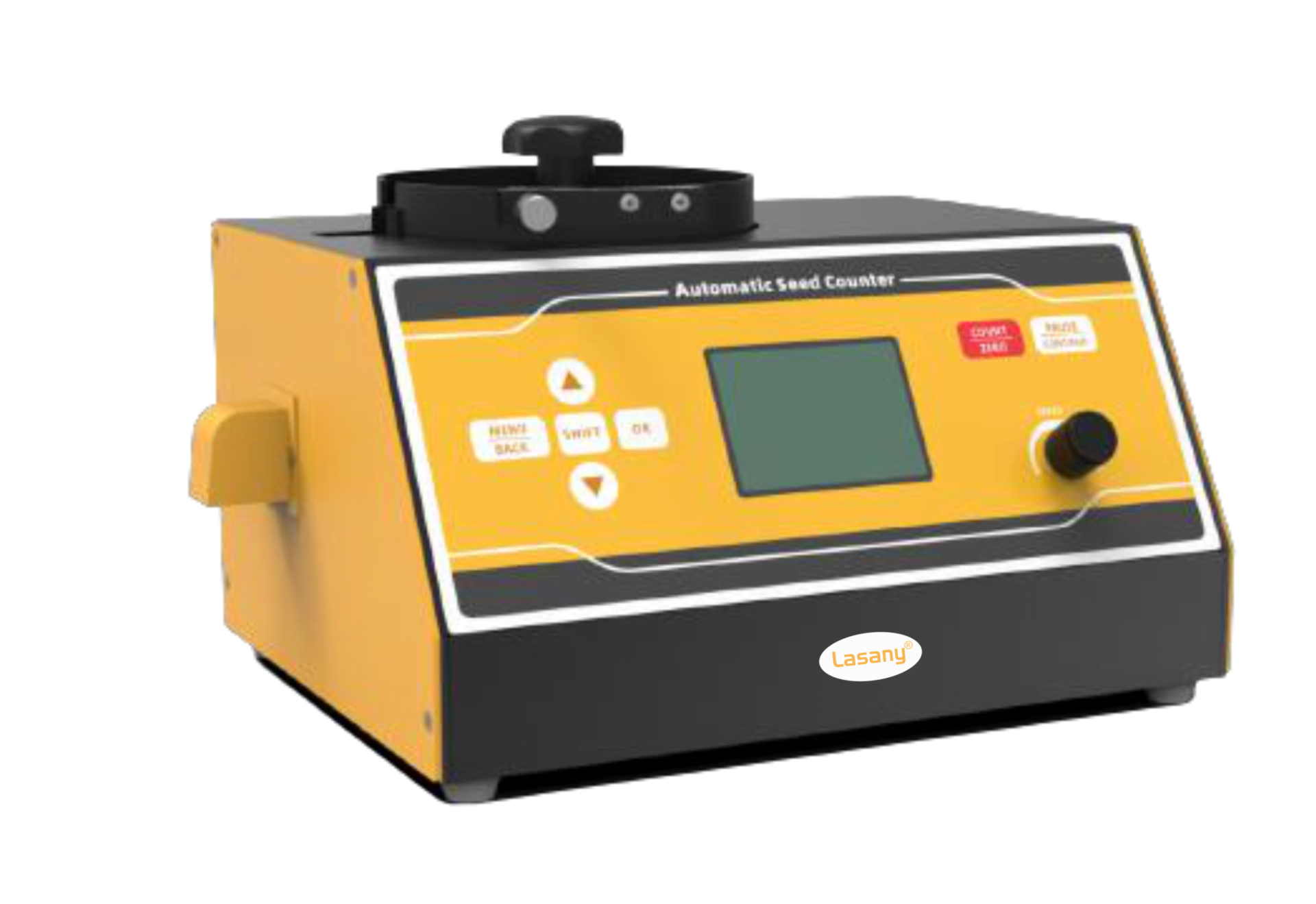
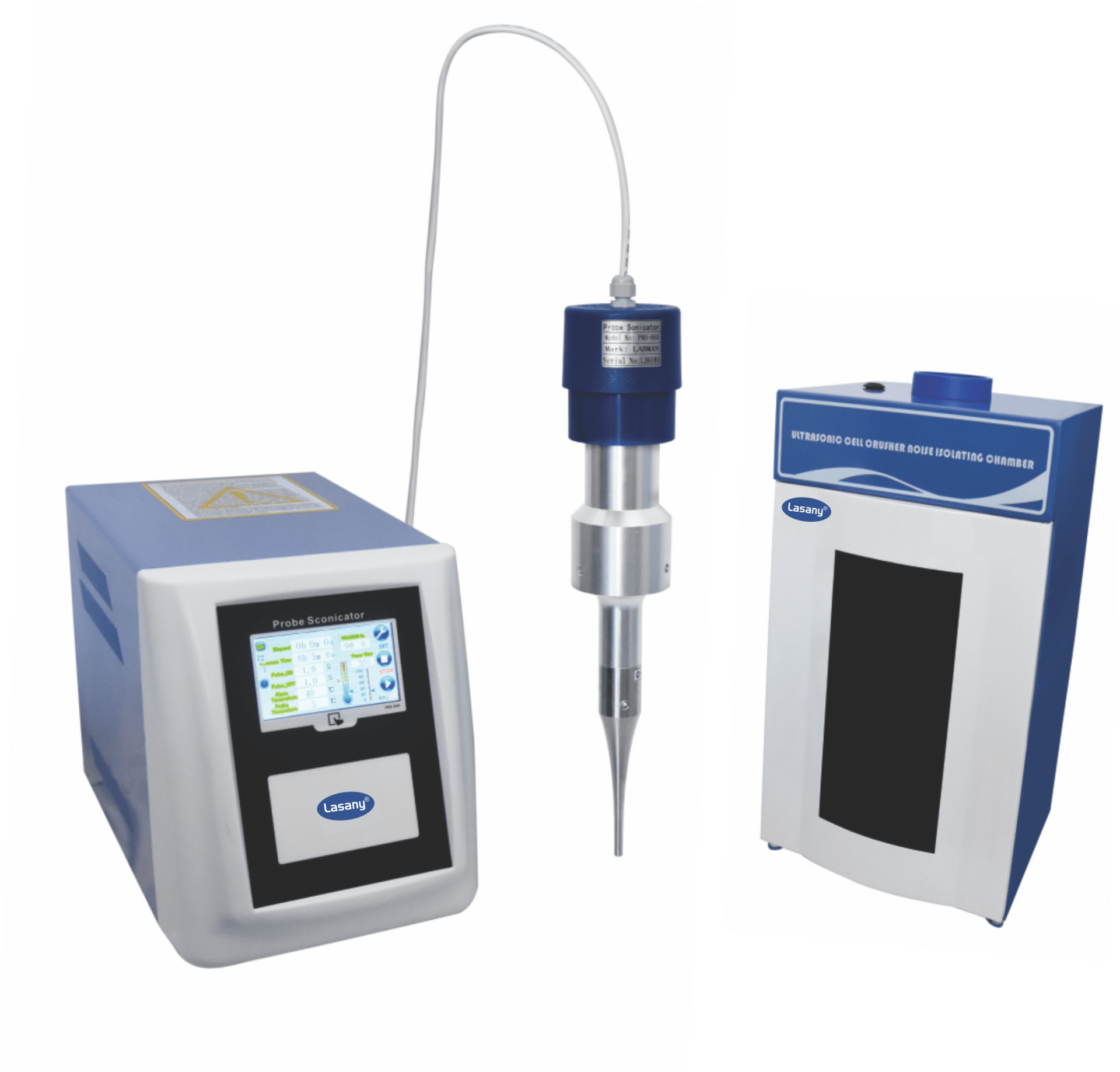
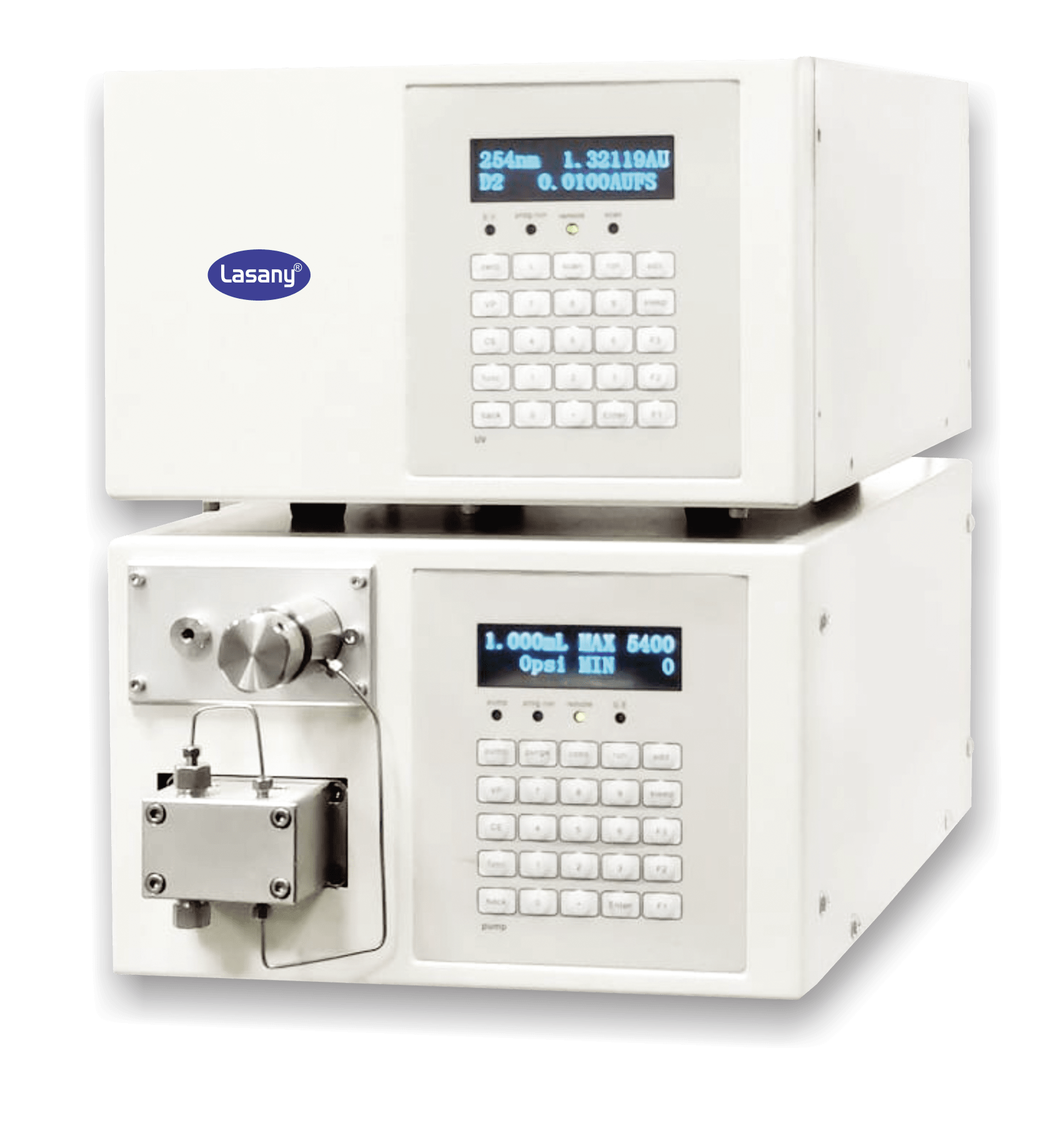
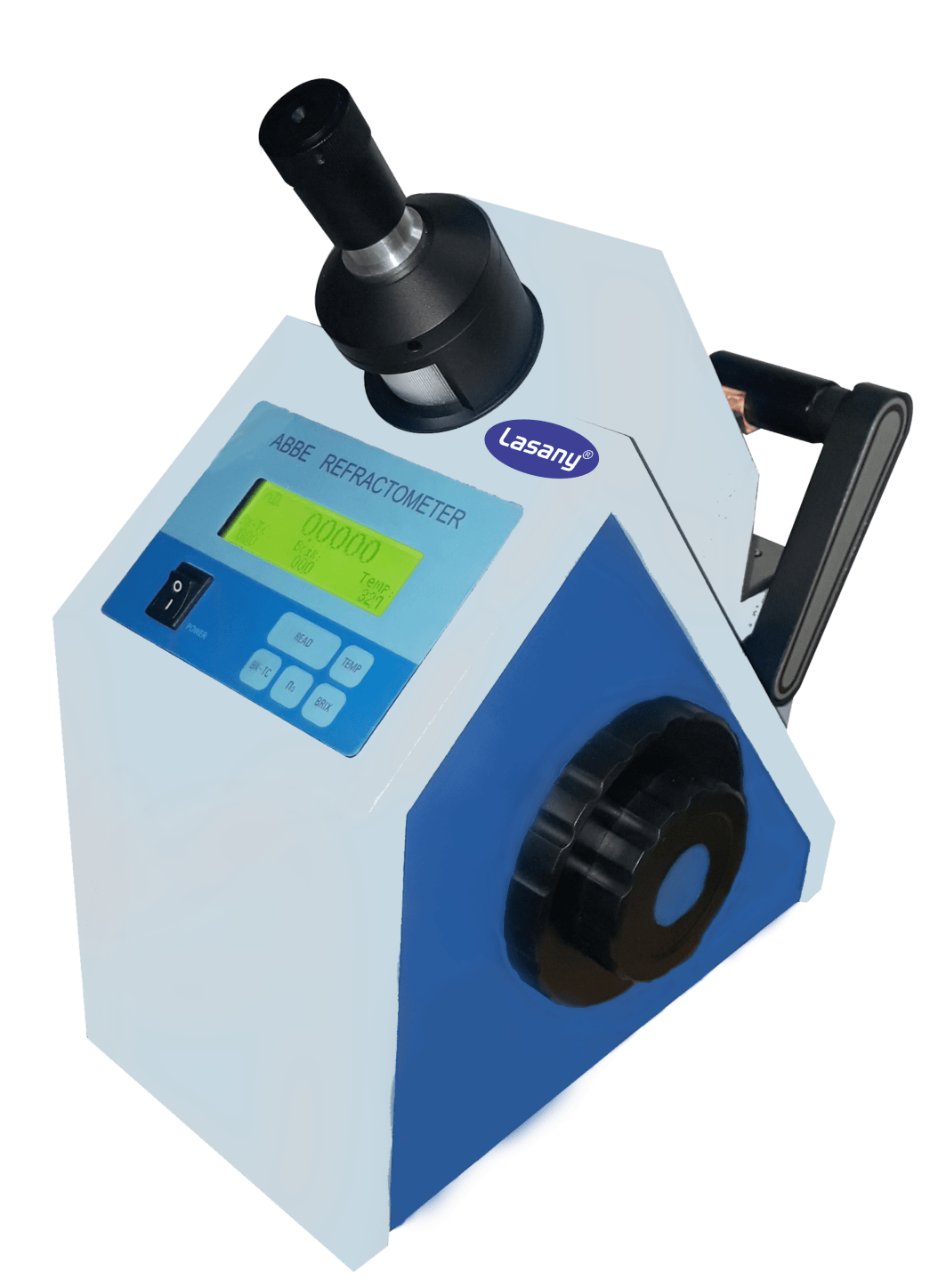
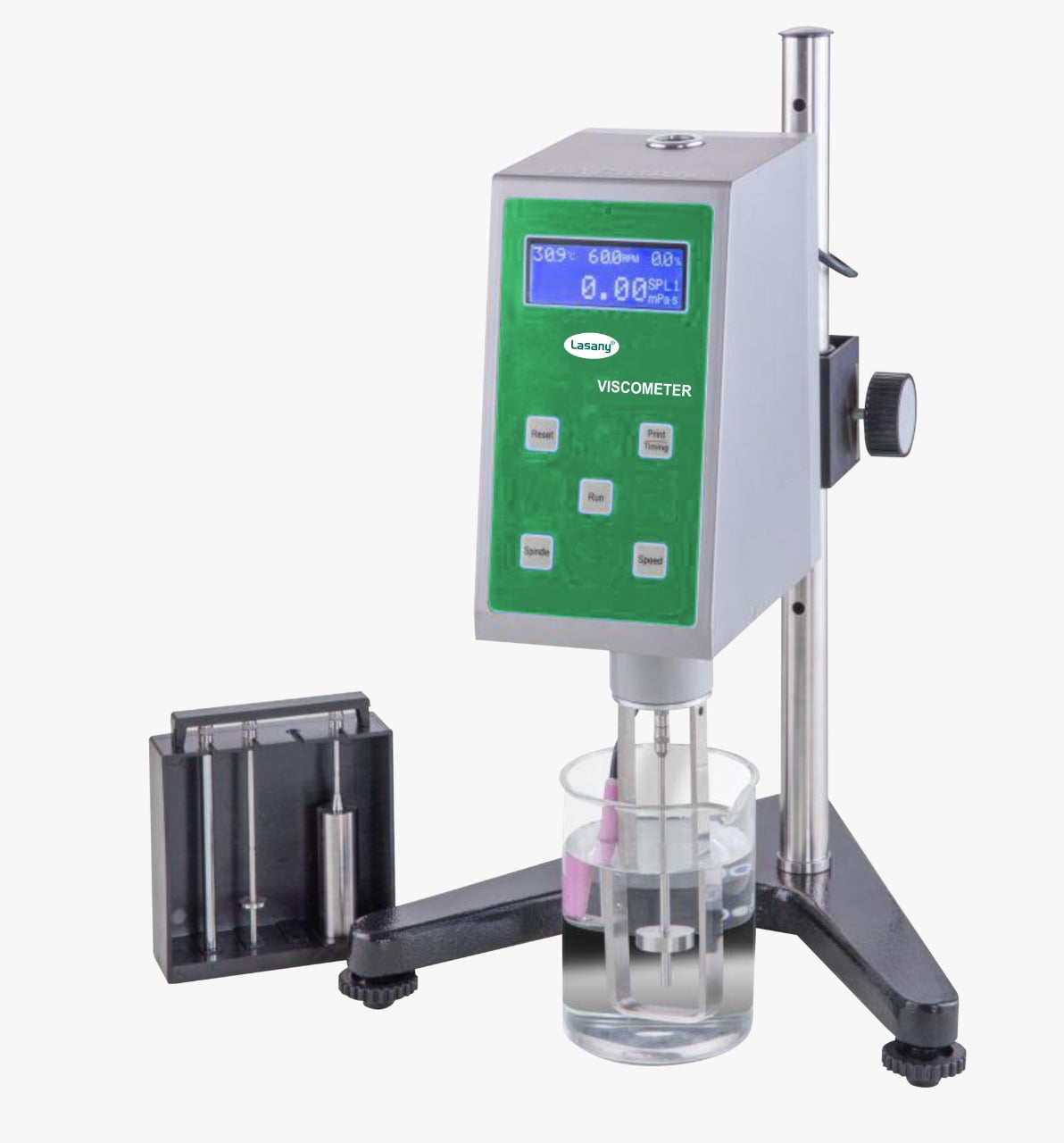
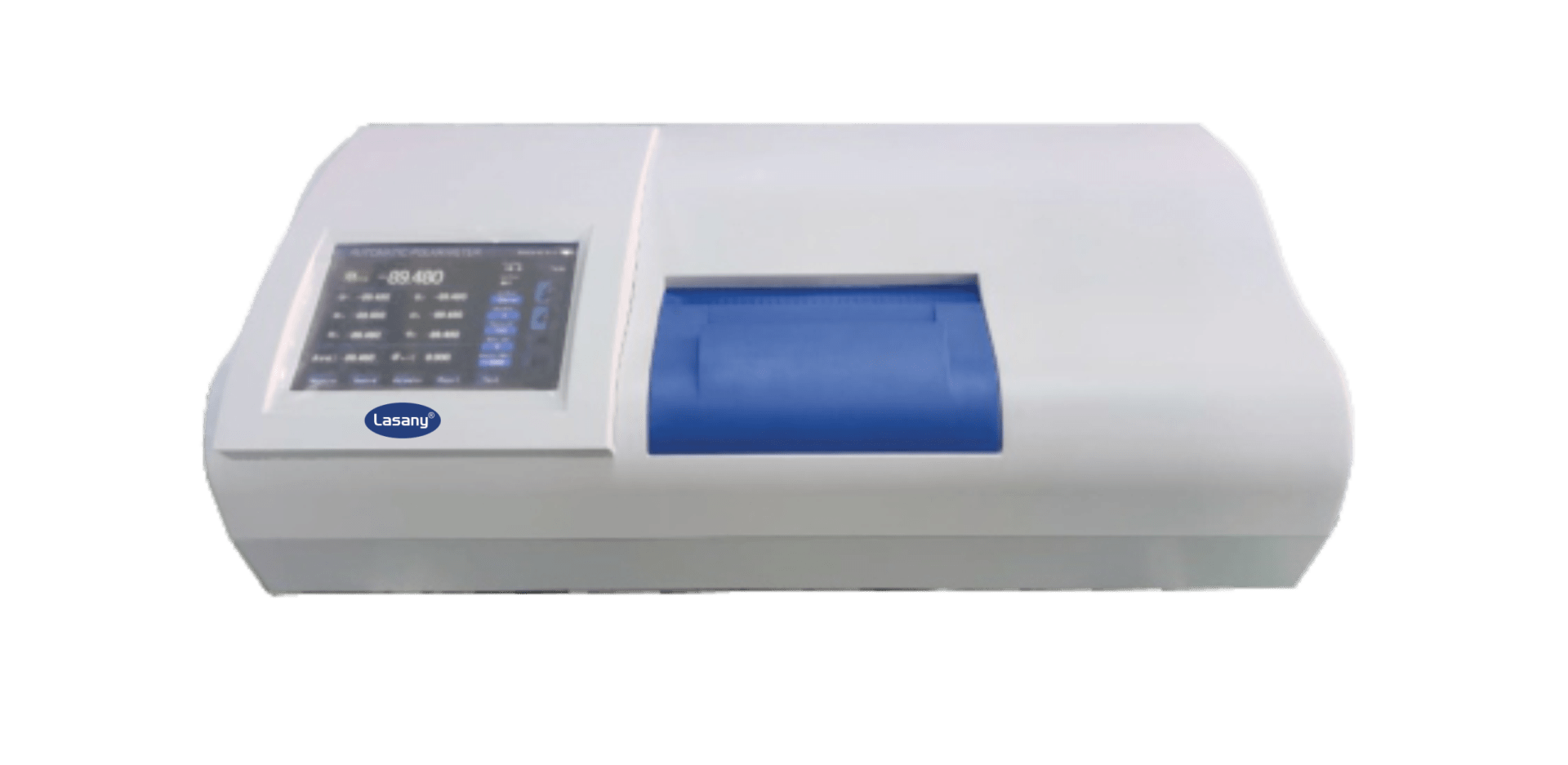

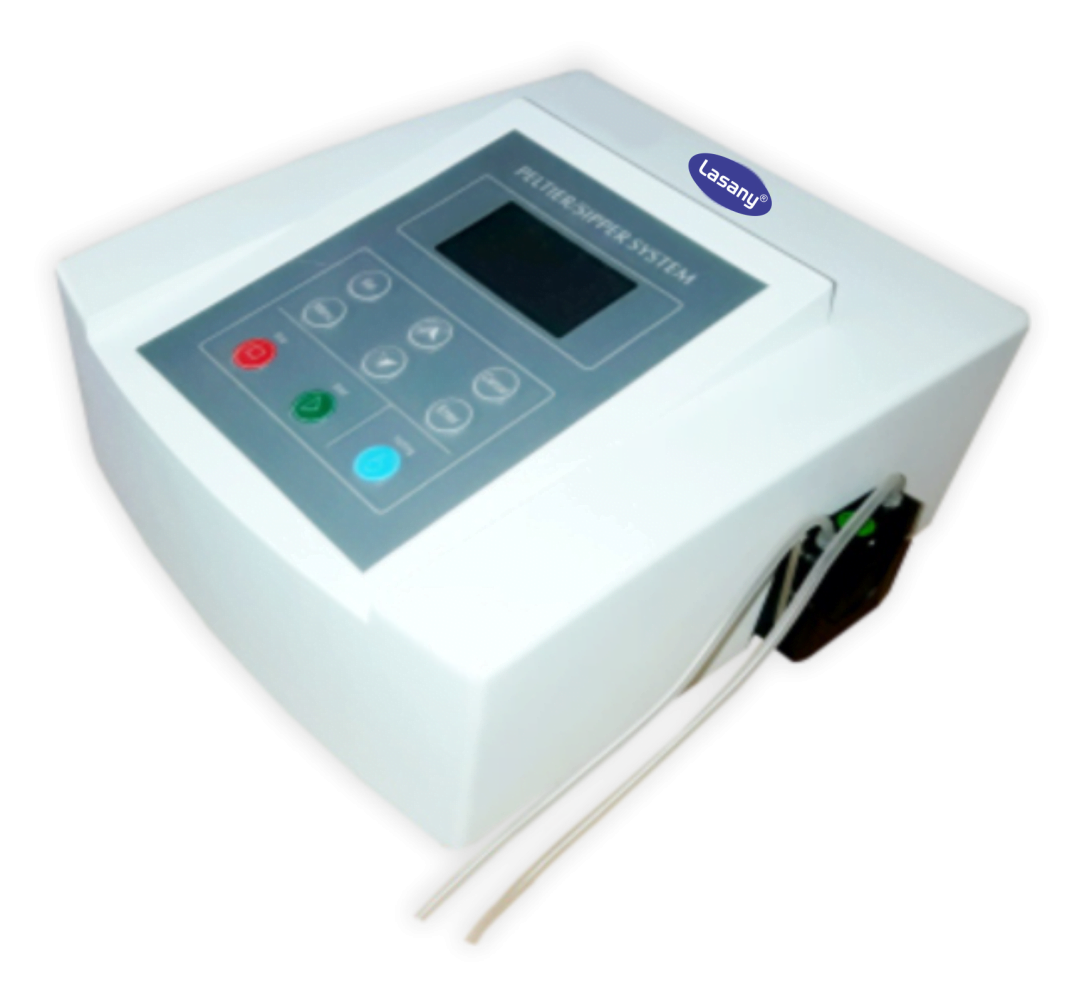

Reviews
There are no reviews yet.